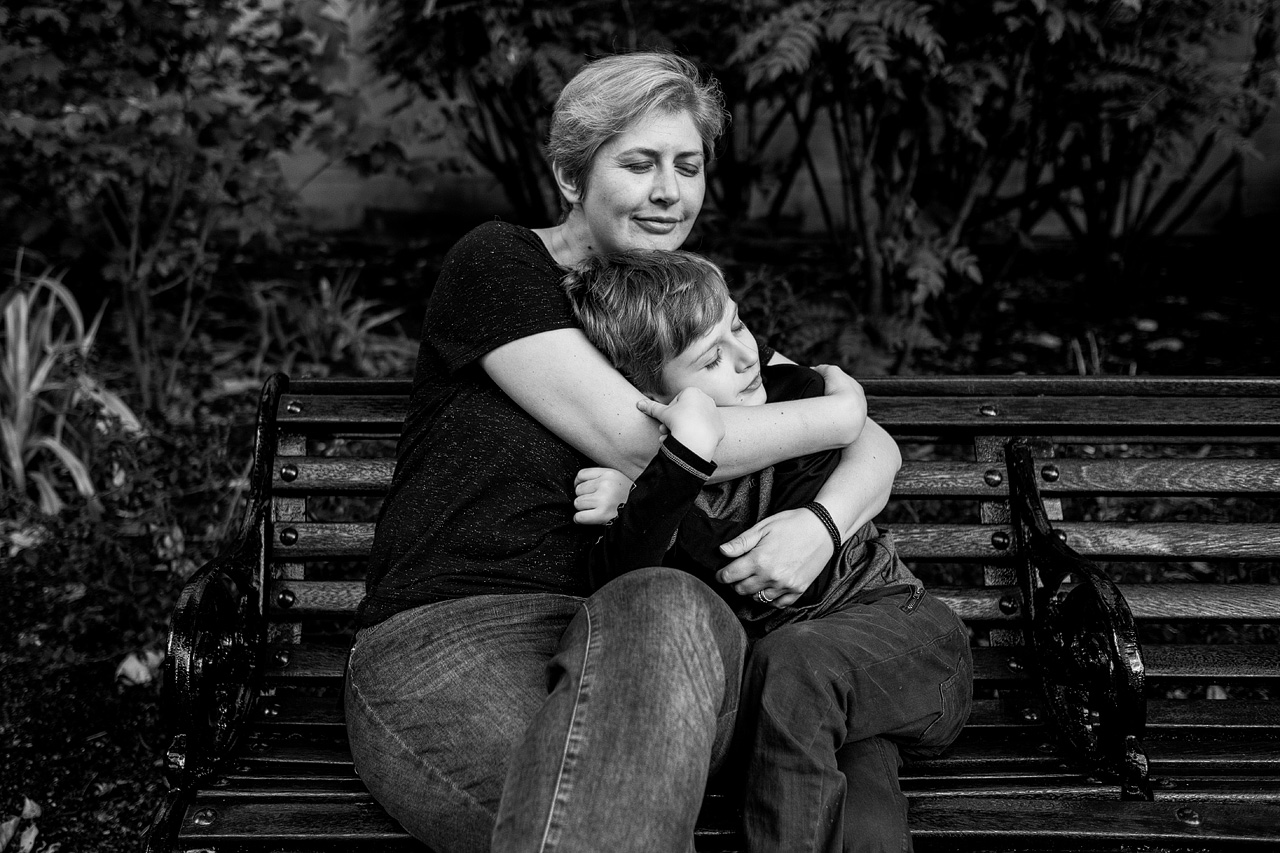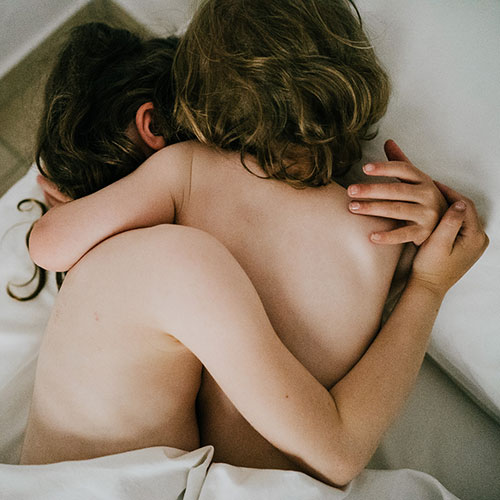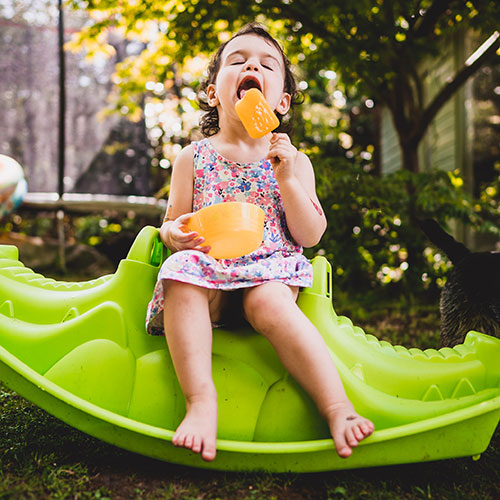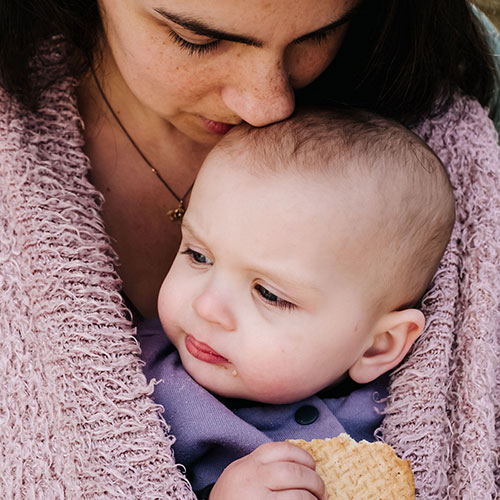How To Make Your Story Submissions Even Stronger by Antonina Mamzenko (Collection 2 Judge)
Delighted to have one of our judges from our previous Awards round – the fantastic Antonina Mamzenko (pictured above) – offer her thoughts and tips on how to make your Family Story submissions even stronger. Thanks so much, Antonina!
After reviewing thousands of images for Round 2 of This Is Reportage: Family awards, I thought I’d share some insights on how you can make your Story submissions even stronger. Most of these tips will apply to anything – whether you’re curating a portfolio page, a client gallery or another competition submission.
Your story is only as strong as its weakest image.
In TIRF awards you have a range of 15-20 images to include in a Story. Unless you really need all 20, less is really more here. Every single image needs to be strong in it’s own right, but also contribute to the overall story. If you can tell that story in 15 images, then don’t feel tempted to add any more.
Sequencing is key.
The order you put your images in is really important, and sometimes it’s worth reordering images even if it makes you deviate from the sequence of events as they happened in real life. You want to open and close with really strong images that wrap the story up, like bookends. In TIRF in particular, because of the way the judging platform works, judges can’t see your overall story – they only view the images one by one, and that makes sequencing even more important. So lay it out as, quite literally, a story. Start with an establishing shot, introduce the characters and the place, and keep the same story thread throughout. If you’re telling a story of a family, it would help to start with an image of all the “characters” in the first couple of shots, before moving onto the others, and keep the balance of how many times each person is featured throughout.
Ensure visual variety…
Every image needs to be different in some way to keep the judge or the viewer interested in your story. There’s no point in populating the story with images that are very similar or shot from the same point of view. Include images that are close ups, images that include more of the environment in them, and everything in-between.
… and cohesion.
At the same time the story needs to be visually cohesive. I would encourage you to stick to either all colour or all black and white images, and all portrait or landscape orientation images to help with that.
Finally, think about “what’s special about this story”?
Remember, judges view thousands of images and most of them feature small children doing fun or crazy things. What makes your story stand out? What’s unusual about it? What makes it award-worthy? What makes it relatable even to someone who doesn’t know this particular family or child personally? Remember, an image or a story might be wonderful for your client’s gallery or for your portfolio, but for awards quite often it needs to be on a whole other level altogether, as judges see so many images and have to pick the best of the best. How can yours stand out?
****************************************************
Thanks so much to Antonina for these wonderful tips! There really is wonderful, insightful advice here – but remember that nothing is ‘set in stone’ (apart from the fact that you need 15 – 20 images for a Story, and they must all be documentary captures of the same family, of course), and the very nature of what we do is subjective; so though the above advice contains brilliant advice, it is still totally subjective; take from it what you will, put your own spin on it, and submit in the way that works for you – as you never know what is going to appeal to our judges (we have 5 judges for each round, who change each time).
You can find out lots more about Antonina on her website, or here on her This is Reportage: Family profile.
Antonina, along with Emma Collins, also runs the Real Life Photo Academy, a learning platform for documentary family photographers. This is Reportage: Family members receive an exclusive discount on their group mentoring program, and their self-paced pricing course – sign in to your TiRF account to get the exclusive discount.
Not yet a member? See all the benefits and join us. Deadline for our final Collection of 2020 – Collection 3 – is soon: Submit by 23:59 GMT on 23rd November 2020. Join us to submit.






